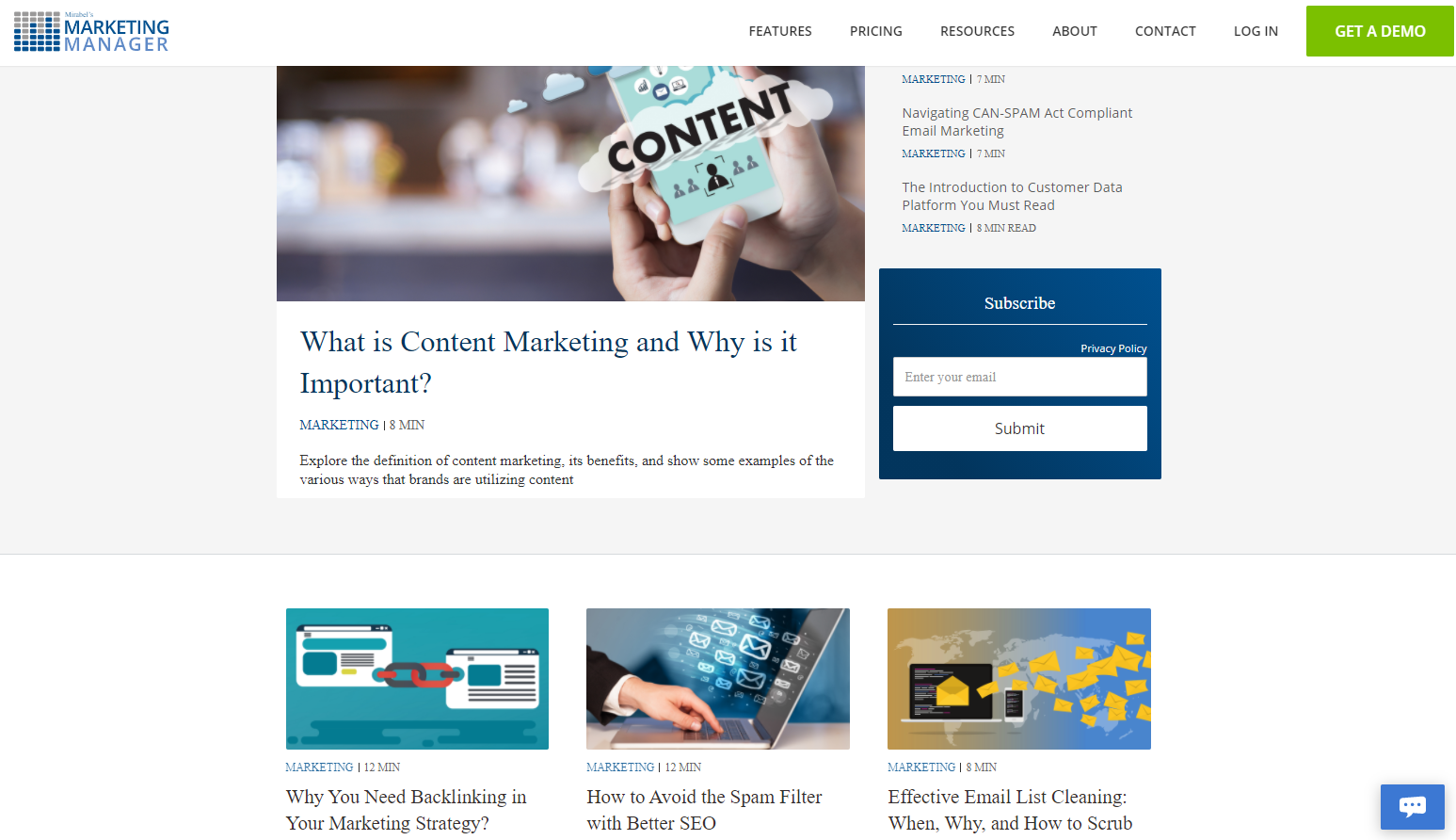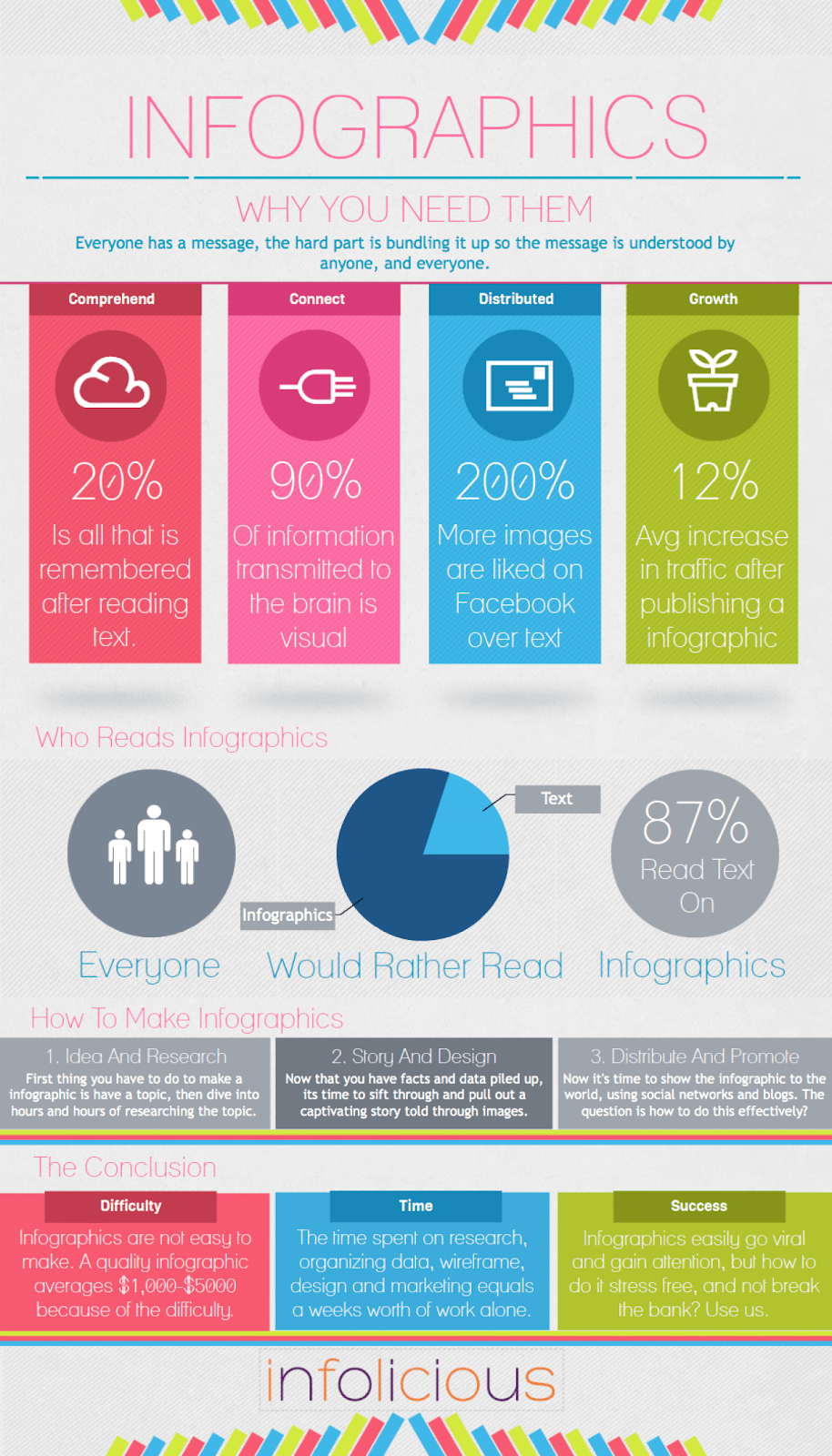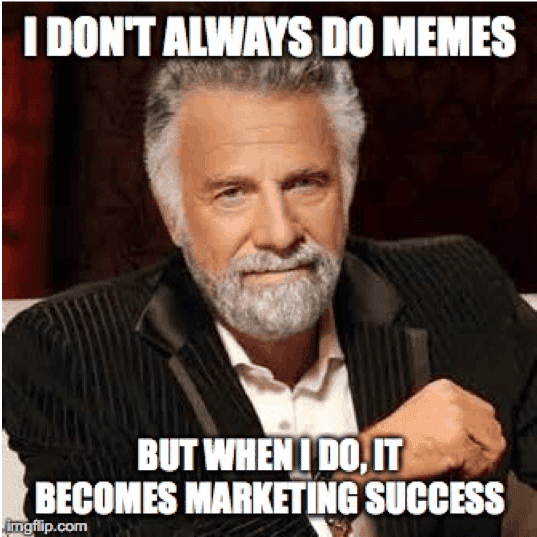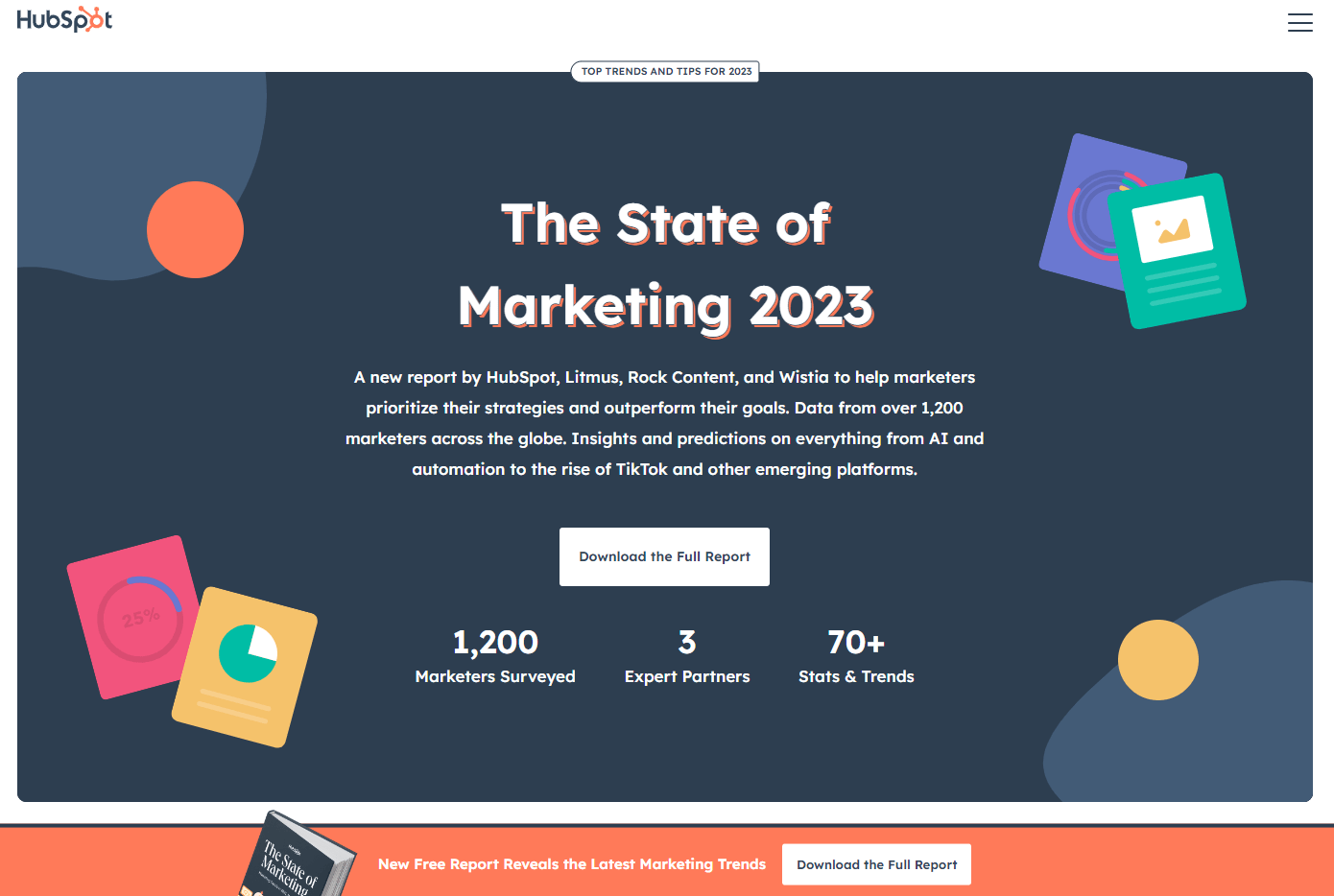The Need-to-Know of Content Marketing
Content marketing is an approach to marketing that involves creating materials to bring awareness to your brand, generate leads, and, above all, provide value to consumers. It “delivers 3X as many leads as other marketing channels, … costs 62% less than other marketing channels … and content marketers who blog are 13X more likely to see positive ROI.”
When done right, content marketing can also establish your business as a trusted authority within its industry.
According to Convince & Convert, the 7 fundamentals for creating a content marketing strategy are:
- Understanding your business objectives
- Getting executives to buy-in
- Understanding your audience’s pain points
- Creating a documented content strategy
- Identifying the Methods and Metrics for Measurement
- Identifying the Most Effective Distribution Channels
- Creating “Amazing, User-centric Content”
Content marketing can be accomplished through various channels and diverse types of content. The content marketing type you choose to employ should depend on your audience’s preferences. For example, your product or service might be best showcased through blog articles, videos, or a how-to guide.
We can’t say exactly which content type would best suit your brand’s needs or best hit the metrics of your specific content marketing analytics — that will come through trial and error. We can, however, describe the top types of content that users want to see from brands they support.
Top 10 Types of Content Marketing
- Blog Posts
If you have not dabbled in the art of blog content marketing, you are severely underutilizing one of the most powerful and cost-efficient ways to improve your website’s SEO, position yourself as an authority within your industry, and garner organic web traffic. Quality blog posts will also invite more interaction from your audience and offer the opportunity to create a community around your brand.
The statistics speak for themselves. Companies with active blogs report:
Blogs can be rolled out fairly quickly for minimal to zero additional cost. However, in order for the benefits of blogging to truly be reaped, you must produce content that is comparable to or surpasses the content that is already available online.
Some things to keep in mind when writing blog posts are:
- Strategize! Good content is not often created by accident. It is usually the product of research, competitive analysis, and a thorough understanding of what your audience is interested in.
- Consider organizing your blog topics using the cluster and pillar methods. The cluster method involves creating several posts on very specific topics while the pillar method would have you create a comprehensive post on a broad topic to serve as a “pillar” that all of the related cluster articles can link back to.
- Make sure that your headlines are written in a way that will spark interest and that you are using relevant keywords. These two tactics will help you drive traffic and capitalize on SEO which could improve your site’s ranking on search engines.

The only downside of blogging is that it has become extremely commonplace. So, in order to stand out to users and the notoriously critical search engine algorithms, it is paramount that you create content that is valuable to your users.
- Videos
Video content is another integral part of a marketing strategy. It surpasses all other forms of content, with 54% of audiences reporting that they would like to see videos from the brands they support. Video content is meant to either inform, entertain, or engage new leads.
Videos are capable of grabbing the attention of a user through more than just a catchy headline; they also employ visuals that can catch the user’s eye if the caption in itself does not.
Video content is also particularly effective because of its versatility. It can come in so many different forms, from commercials that give new audiences an overview of your brand, to webinars that provide detailed how-to’s for existing customers, to vlogs that allow users to get a glimpse of the authenticity of the people behind the brand.
Zendesk creates a variety of video content, from commercials and case studies to videos showcasing company culture. Videos like the one above are made solely for the entertainment of their customers. Source: Skeleton Productions
- Infographics and Images
Just like video content, infographics and images speak to users in a way that written copy alone does not. It automatically catches their attention, and provides information in a way that is easily digested and quick to process.

Infographics are particularly useful when it comes to providing audiences with data and statistics, while images can supplement a user’s reading experience when coupled with written content.
Images in the form of memes or gifs, which are among the most commonly shared content types, can offer a lightheartedness to your blog or social media feed as well as an opportunity for brand exposure since good memes are often shared virally.

- Long Form Articles
As mentioned earlier in this list, blogging has become one of the more obvious strategies that marketers use to drive traffic. Users now crave more in-depth content, content that will provide them with genuine utility.
The current trends seem to suggest that long-form articles are the new up-and-coming players in the SEO game, offering a more complete scope on a specific topic.
Articles of this nature are typically well over 1,500 words, and usually between 5,000 and 20,000 words. They give you a higher chance of ranking for industry-specific keywords due to their sheer volume.
A shining example of a long form article can be found on Brian Dean’s blog Backlinko. His “Definitive Guide to SEO in 2023” goes into very precise detail and leaves no relevant SEO topic uncovered.
- Whitepapers
Similar to long-form articles, whitepapers are lengthier forms of content that are usually more research-based and focus on providing customers with thorough information. Through in-depth research and statistics, whitepapers add validity to a brand and provide immense value to potential customers.
Because they give a more comprehensive view of a product or service, whitepapers are usually most useful to those at the end of the sales funnel. In fact, they are considered a decisive stage in the research phase for 71% of customers.
When coupled with an eye-catching design and a few infographics, the extensive information that whitepapers present make them a laudable content type worth exploring for brands across various industries.

Example: HubSpot‘s landing page to download The State of Marketing 2023
- eBooks
You can provide your customers with a considerable amount of benefit through publishing an eBook. eBooks are not expected to be the length of a novel, but they will be considerably longer than any of the other written content types. They differ from whitepapers, which are more focused on providing detailed information and data.
“The keyword here is value,” according to Lyfe Marketing. “Your eBook should not be a 5 to 10 page ad. Instead, it should provide some type of useful information and insight for your target audience about their needs and challenges.”
An eBook download should include some sort of form for customers to fill out. This will help you generate new leads. The form should ask for only the most important information, as clients might be put off by forms that ask for too many details.

- User-Generated Content
User-generated content allows for a unique opportunity as far as marketing goes. This content is generally the most trusted outlet for customers looking to purchase a product or service. It also generates a high ROI, as customers looking for this type of content are usually interested in making a purchase soon.
User-generated content consists of testimonials, reviews, or even social media posts from unpaid customers. This content type boasts credibility, which is exactly what a user needs when deciding whether to buy a product.

- Cases Studies
Similar to user-generated content, case studies offer another tangible source that consumers hold in high esteem. Essentially, case studies are client testimonials on their experience with a brand, often backed by research and data on how a product or service was beneficial to them.
Case studies allow the buyer to “see a customer’s journey from start to finish and see similar use cases in real life.” They provide tangible evidence of your product or service’s success and highlight real world applications for specific features. The information and statistics collected in the case study can also be referenced in future eBooks, whitepapers, or blog articles.
For a successful case study, be sure to choose a client that has seen clear improvement or growth. This will make the study more convincing to a potential lead.
- Social Media and Influencers
In this digital age, there is nothing quite like social media when it comes to promoting products or services. Influencer marketing involves a paid advertisement posted by a popular figure on a social media platform. It is effective because these figures have an established follower base, usually within a niche market. Tapping into this market allows brands to reach a new audience.
Similar to user-generated content, influencers are seen as trusted sources among their audiences. In fact, 56% of those surveyed by Izea have purchased a product after seeing it used by an influencer.
Social media marketing also allows brands to strategically position themselves in front of users who are interested in similar products or services. It engages new leads while also advertising to existing customers.

To seek out influencers for your brand, you can either contact them directly with your pitch or use a management tool to connect, keep track of, and pay your influencers. Some influencer management tools include: CreatorIQ, Upfluence, Influsoft, and many more.
- Email Marketing
Though it is last on our list, email marketing should be at the top of your priorities when deciding what content to put out. It remains one of the most effective ways to reach leads and customers. And decades after its inception, it still has one of the highest turnover rates and ROIs of any other form of content marketing.
You can also use email marketing to communicate updates with your audience, as well as offer even more value through daily or weekly newsletters, how-to’s, promotions, or informational articles relevant to your industry.

How to Leverage the Power of Content Marketing
There was likely a time when producing bona fide, high-quality content was enough to draw in a large audience. Unfortunately, those days are long gone. Once again, in order to truly leverage the power of any of the content types mentioned above, you must employ an effective strategy.
This strategy should involve organizing a schedule in which content is posted consistently and across various mediums, as well as a method to promote that content to a broader audience, again, across all possible channels. According to Brian Dean, “publishing different types of content lets you be ‘everywhere’ your audience spends time online.”
It should also involve a substantial amount of research on what your audience wants to see and how and where they want to see it. Think about it — what good is it to create brilliant copy content if your industry is known to have more success through video marketing?
Before putting all of your time and resources into producing a specific type of content, make sure you are picking the content types that your audience prefers. In the early stages of your planning, you can try out a variety of different content forms. Once you pinpoint what your audience responds to most, hone in on it and focus your efforts on that content type.
Lastly, remember that quality, well-thought-out content will have more return in the long run than loads of content that is only subpar.
SEE FOR YOURSELF
Watch an overview to learn how B2B marketing automation by Mirabel Technologies can help you increase traffic, optimize your funnel, drive more leads, improve conversions, and boost ROI — at a price you can afford!


